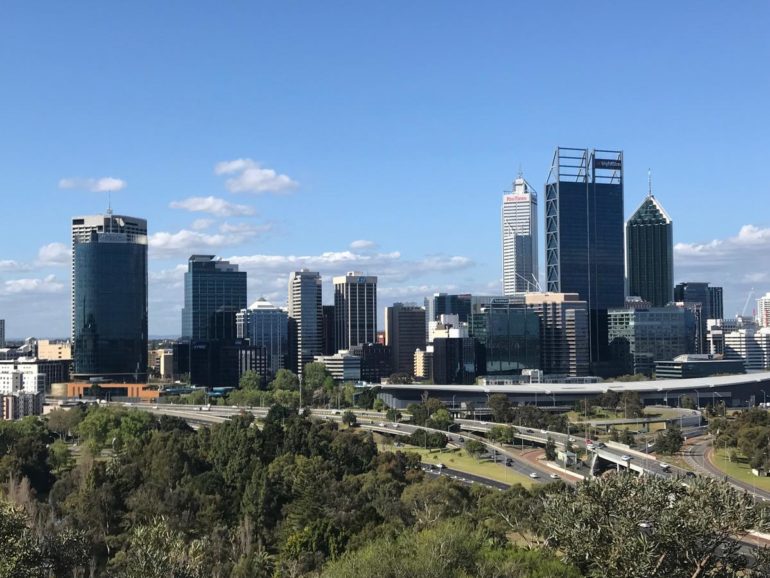The government of Western Australia has handed down its 2020-21 state Budget, with bits of technology initiatives and upgrades peppered throughout the state’s COVID-19 recovery plan.
At a glance, the WA Electoral Commission, Commissioner for Equal Opportunity, Industrial Relations Commission, Treasury, Insurance Commissioner, the department responsible for the mining industry, Education, TAFE, Justice, Housing, Transport, the department responsible heritage conservation, and state utility service Synergy will each receive six-figures or more to either continue new IT systems upgrades or kick off the tender process for new projects.
The Office of the Auditor-General will receive funding for its technology transformation project, which will include the procurement of a Financial Management Information System (FMIS) and an Audit Methodology and Tool (AMT) to replace legacy systems.
The AG said it is currently negotiating with a potential supplier for a FMIS, with a view to implementing the new system in October 2020. It is also preparing to undertake an expression of interest for a new AMT, which it said will be heavily weighted on its increasing auditing demands and use of data analytics.
See also: WA Auditor General report finds state entities still don’t get infosec
The Western Australia Police Force will also get AU$4.6 million for “enhanced tracking and tracing capabilities”, including 200 GPS tracking devices for electronic monitoring, and 100 mobile intelligence cameras, also known as Automatic Number Plate Recognition technology.
The Office of the Director of Public Prosecutions said it will be continuing to “manage its response to the increasing use of technology in the criminal justice system”. It said digitisation, automation, and data collaboration were initiatives high on its priority list.
The Lotteries Commission has received a bunch of funding, including AU$2 million to develop business operating systems, AU$3.4 million in maintaining and enhancing gaming products and services, and AU$5 million on commencing the renewal of the central gaming system.
It’s also getting AU$5.8 million to maintain and replace IT infrastructure and “core systems and environments”, including relocation of Lotterywest’s secondary data centre to an externally managed facility.
Elsewhere, the Metropolitan Cemeteries Board will use AU$4.3 million of its allocated funds in this Budget to deliver “cyber technology improvements for remote access to the cemetery system” along with contactless customer service options.
While the Public Transport Authority of WA will upgrade its SmartRider ticketing system. AU$33.8 million will be spent to replace SmartRider system assets and update the technology underlying the system. In 2020-21, an estimated AU$8.4 million will be expended.
AU$8.3 million has been earmarked to fund “high-tech fire mapping capabilities”. This will include a new high-performance aircraft and multispectral line scanner that is capable of mapping a fire in just minutes. The line scanner can also determine the range of temperatures within a fire, and help firefighters map where the fire is travelling and how best to deploy resources, Minister for Emergency Services Francis Logan explained in a statement.
“The aircraft is capable of mapping multiple fires across the state in one journey, and providing near real-time data back to incident controllers and other support staff that will make a significant difference to fire management and community safety,” he wrote. “The line scanner technology can also be used to map large hazards such as floods and offshore oil spills.”
The new line scanner and aircraft are expected to be in use for the coming bushfire season.
See also: NSW bushfire inquiry calls for use of more advanced drones and remote sensors
The Budget has also allocated AU$100 million to bring the state’s “smart freeways” technology to the northern suburbs. Intelligent Transport System technologies will be rolled out along the Mitchell Freeway southbound with signals installed along 16 ramps, with works expected to commence in late 2021.
A statement from the state’s transport minister Rita Saffioti said the technology will alleviate pressure on the road network and improve safety and connectivity for people living and working in the northern suburbs.



